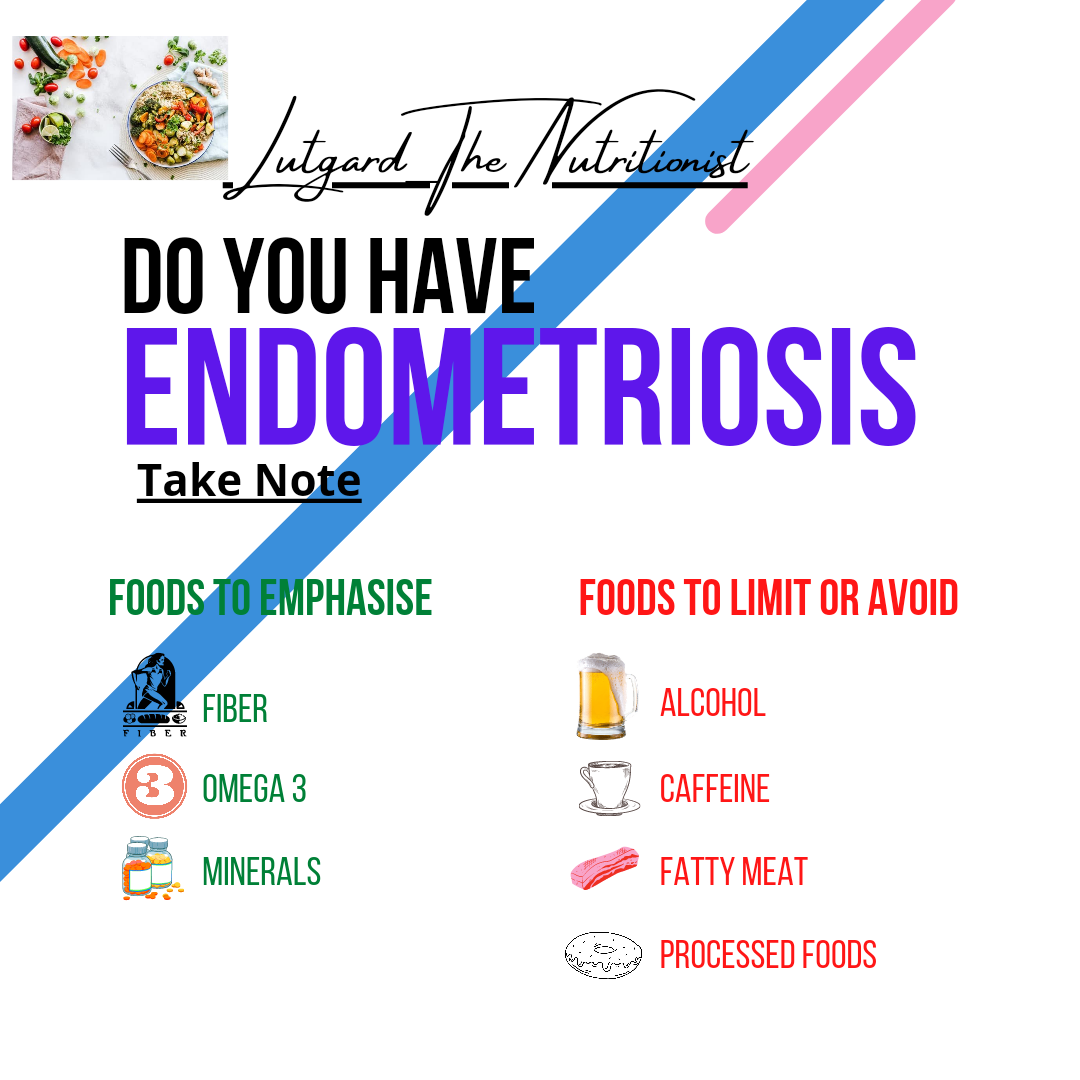Pain medication slowly becomes the norm for people dealing with endometriosis. Anything to reduce the torture of the symptoms, not […]

P.C.O.S and Endometriosis are cousins NOT sisters
Polycystic Ovarian Syndrome (P.C.O.S) and endometriosis are similar in the fact that they both affect women in child bearing age […]
